-
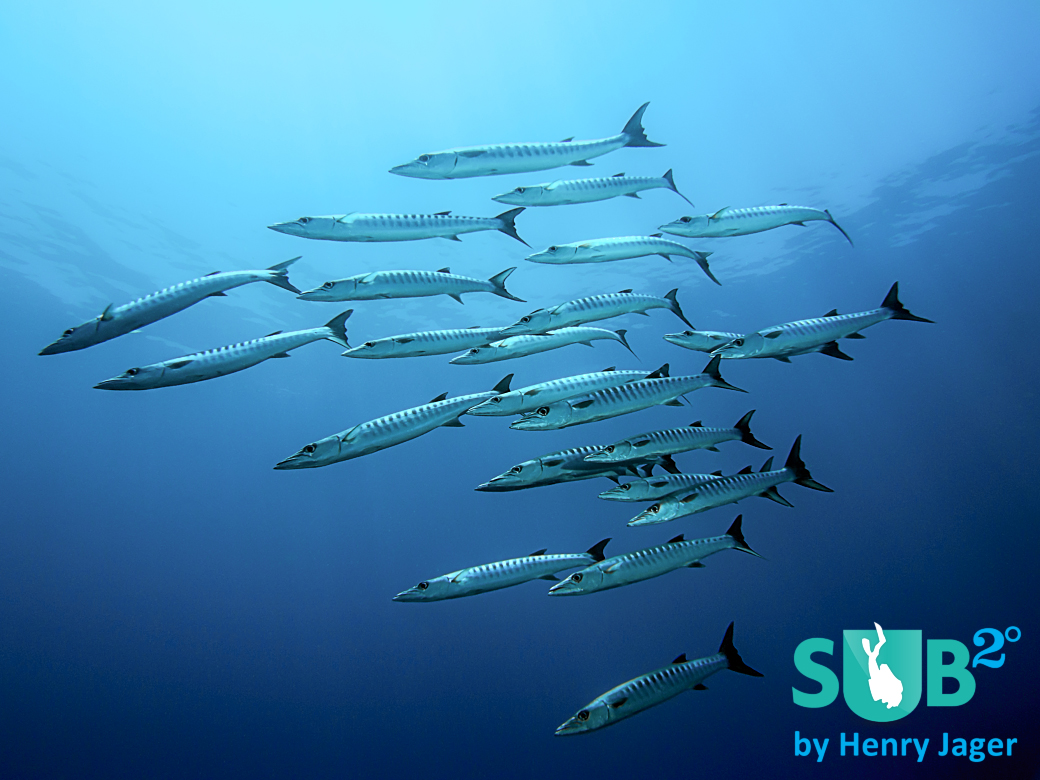
Barracudas
Barracudas at "Action Point"- cruising in the clear waters of the Nature Park. -
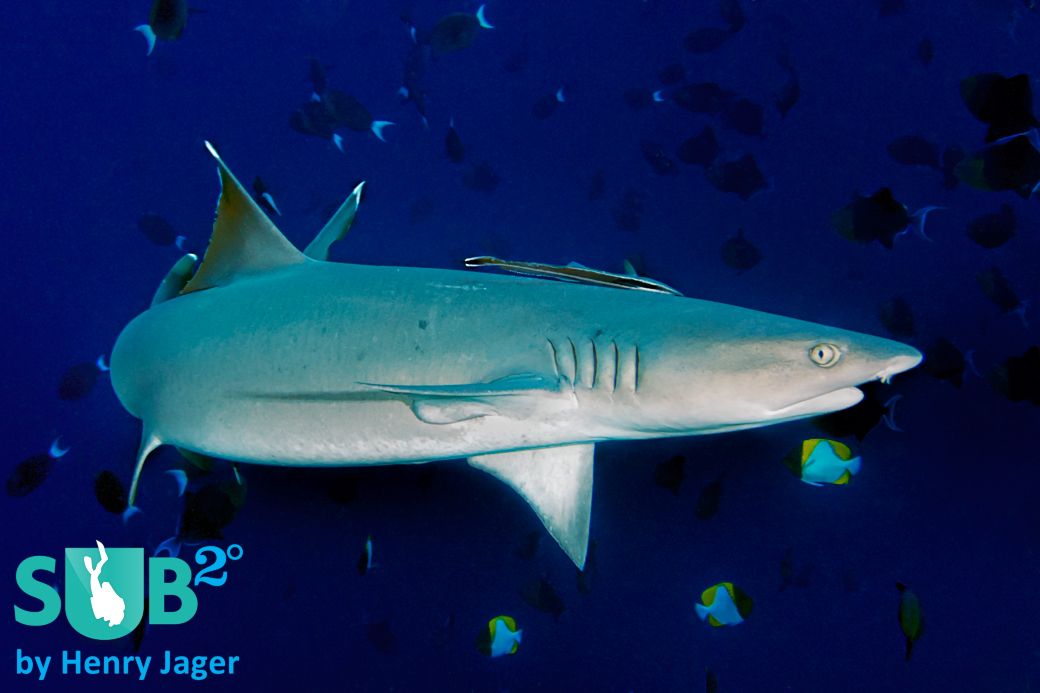
Whitetip Reef Shark
Sharks are omnipresent at the Apo Reef. Early morning dives at "Action Point" or "Mabuti" are definitely worthwhile. -
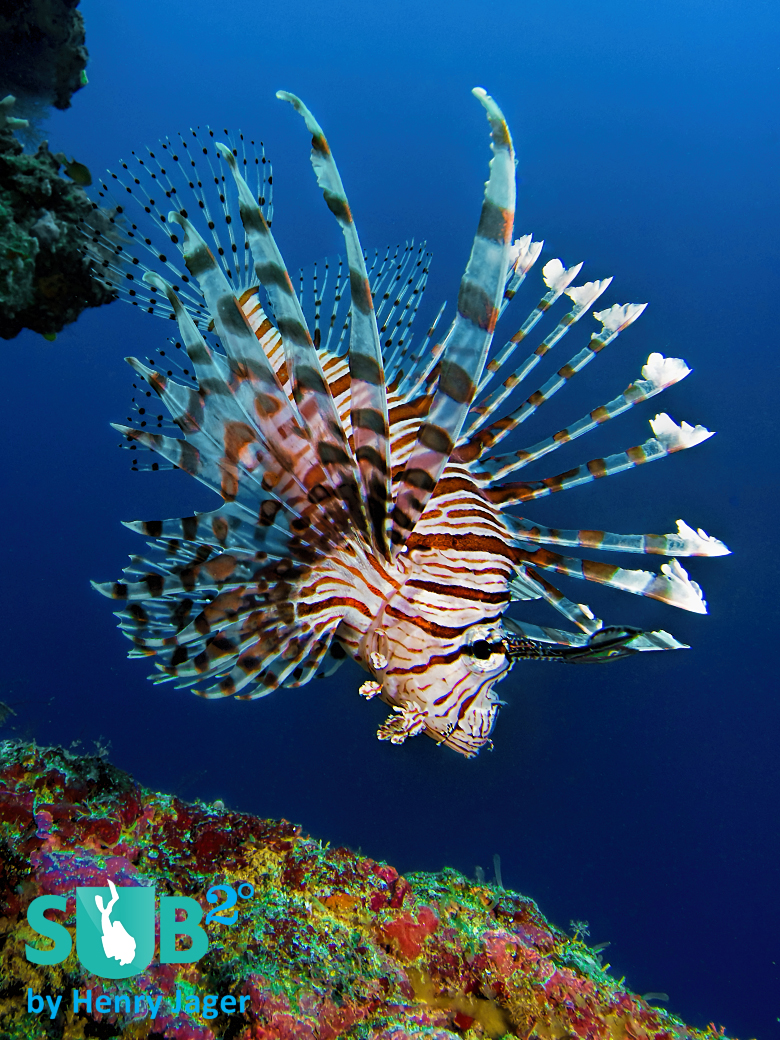
Lionfish
Lionfish (Pterois volitans) from "Apo Out". -
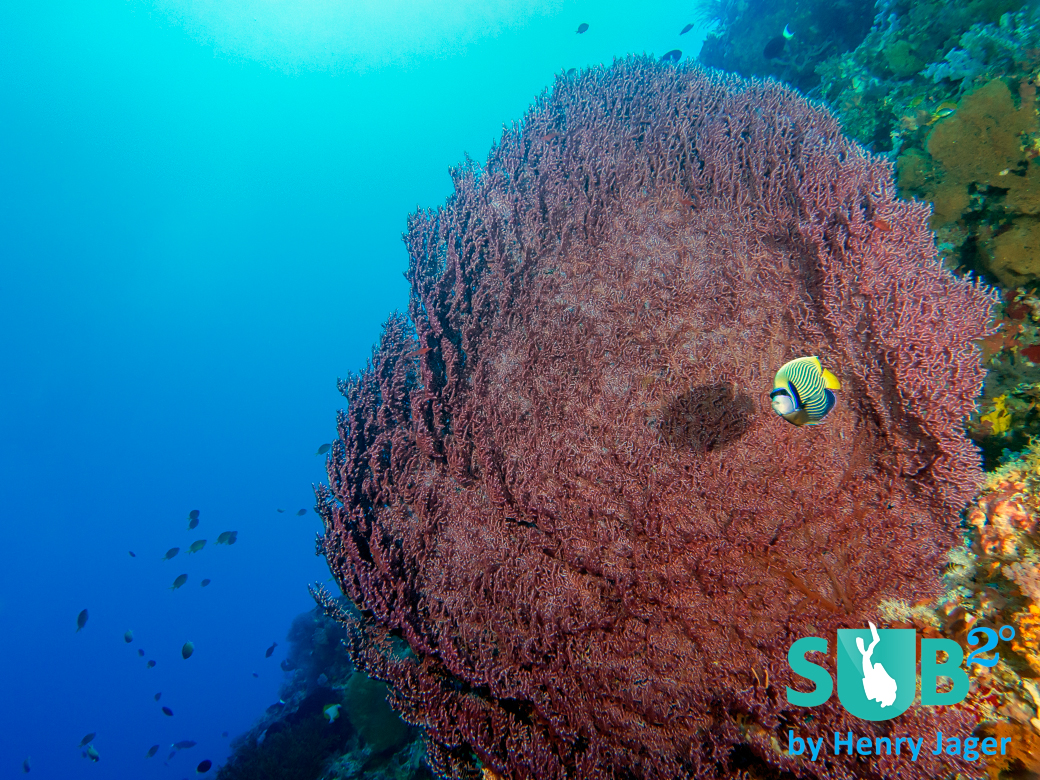
The Corals of Mabuti
At "Mabuti", beautiful large corals grow in depths of about 40m. -
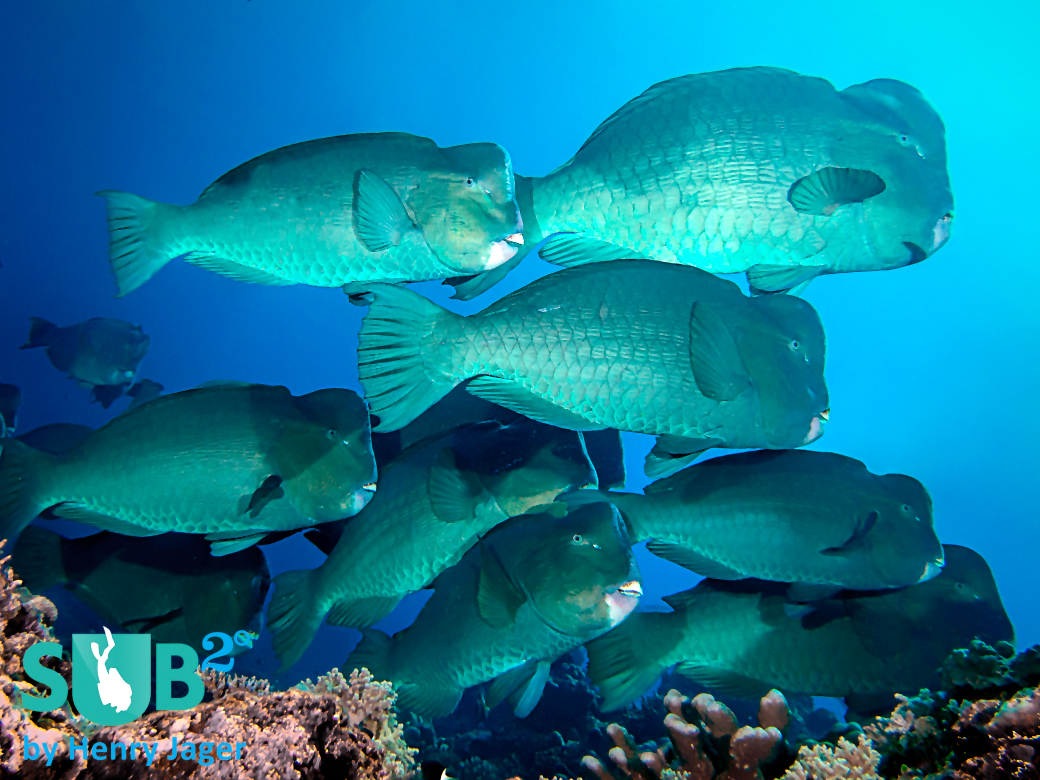
Bumpheads
The Bumpheads of "Mabuti" - worth a dive of its own.
The Apo Reef - A UNESCO Nature Park
The horrible typhoon "Haiyan" passed the Philippines and left chaos and disorder in a broad area. The last the Philippines needs now is a lack of tourists.
"Haiyan" made its way through the Philippines from the landfall in Leyte to its exit in the south of Mindoro. In occidental Mindoro, there is a small resort, the Apo Reef Club, which was fortunate to not have been hit that much. Maybe because of its tectonically beneficial location leeward of the hills and mountains and on the slight turn to the south of "Haiyan".
I spoke to the owner a few days after the typhoon and was happy to hear that nobody was harmed, and besides one roof and some fallen trees, no major damages occurred.
The same good news came for one of the best dive sites in the Philippines: The Apo Reef. It's a miracle that only minor damages occurred. Many mantas and grey reef sharks are around at the moment.
The Nature Park
In the Sulu Sea, 50 km from the west coast of Mindoro (Luzon Island) and in an area of 27.5 ha around Apo Island, lies a pristine reef. UNESCO has been protecting this amazing reef since 1996, as Apo Reef National Park. 158 square km is the core protection zone and 118 square km builds a buffer zone.
The reef is the largest atoll in the Philippines and the second largest single coral reef worldwide. It's incredible that not many divers have discovered this place already. Meeting a dive boat from another resort is quite rare. And the reef is healthy and has a high biodiversity.
Diving the Apo Reef
The Apo Reef is best visited on a two-day trip with the outrigger boat. There are also one-day trips with the speedboat, but, in doing so, you will miss the beautiful twilight or night dive – not to mention the wonderful night on the deck - as well as the very exciting early morning dive.
The reef itself is highly branched, offering dive spots for every weather condition. On the way to Apo Reef, we were accompanied by a group of pilot whales. Pilot whales belong to the family of oceanic dolphins. They are very social and live in family-like groups, led by a dominant female.
Arriving in the morning, it's recommended to start with a dive at the outer side, for example at "Apo Out". There is a good chance for seeing big stuff there. As we jumped in, a nice school of tuna welcomed us.
Going inside, many dive places are worth a visit. The next dive we did was at "Action Point". The name says it all: there is action! A lot of sharks are cruising; barracudas, bumpheads, turtles, tuna and much more can also be seen along the reef. Sometimes, dolphins and mantas are there too. Stories about hammerheads are told.
"Action Point" is a place you should dive several times. The scenery in the evening is fantastic. The sun shines with green light through the surface. Trevallies are hunting, and you find yourself in schools of escaping fusiliers.
The next spot is a must, too. It's called "Mabuti" and offers similarly rich life like "Action Point." Not to mention there are huge corals in about 40m depths, and a school of bumpheads that frequently hang around Mabuti.
Two days trips are closed with a visit of the shipwreck in the southwest. The wreck offers shelter for a rich ocean life. You can spot sweetlips, glassfishes, stingrays, trumpetfish, crocodile fish and much more. Many cuttlefishes linger around the wreck especially in mating season.
Research and Protection at Apo Reef
The Apo Reef is located at the northern tip of the coral triangle, which includes the seas of Philippines, Indonesia, Malaysia, Papua New Guinea, the Solomon Islands, and Timor-Leste.
It's not a coincidence that many research teams travel to Apo Island, for example ones from WWF, Greenpeace or the Haribon Foundation.
Local guardians protect the Island and the Nature Park. They collect the entrance fees and are forced to act against illegal fishing including dynamite fishing, which is still present near - or maybe sometimes in - the park.
The protection was quite lazy in the beginning, leaving certain areas not as pristine as described above. In 2007, fishing was completely banned after WWF convinced the local government to force a law. Since then, the Apo Reef has been recovering nicely. But still, there is a lot to do to preserve the beautiful reef.
Getting There
The best way is to fly to Manila and stay overnight. Yes, you have to get up early, as you have to take the short local flight to San Jose (Mindoro) at 6 a.m. And with a short bus drive, you can reach the Apo Reef Club.
The Apo Reef Club in Calintaan provides the most direct connection to Apo Reef. It's a nice paradise built by the Swiss owner Michael Roos. He pioneered this region and built this resort from scratch with a wholesome effort and love of detail. The staff is great, the atmosphere is relaxing, and you feel like part of a big family there.
The traveling distance to Apo Reef is about 50 km; the next resort is 160 km away from Apo Reef, and requires overnight travel to get there.
Further Reading
Overview of Scuba Diving in Philippines
All Other Articles By Henry Jager
Subic Bay More than Just Wrecks
Featured Posts
-
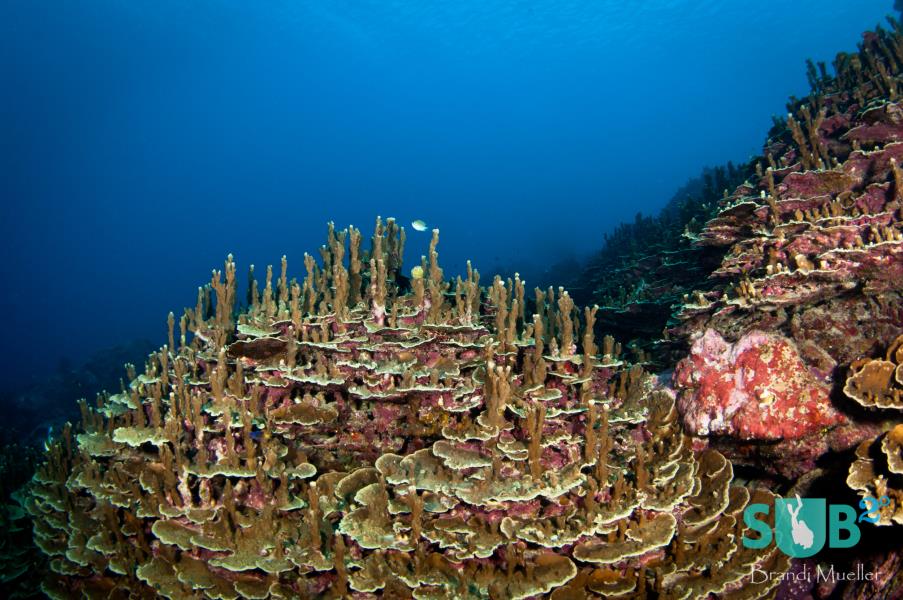
The Unique Diving of Guam
Often overlooked, the island of Guam is surrounded by fantastic diving. White sand beaches and calm, clear waters invite divers to explore the ocean and see the healthy coral and plentiful fish populations below.
-
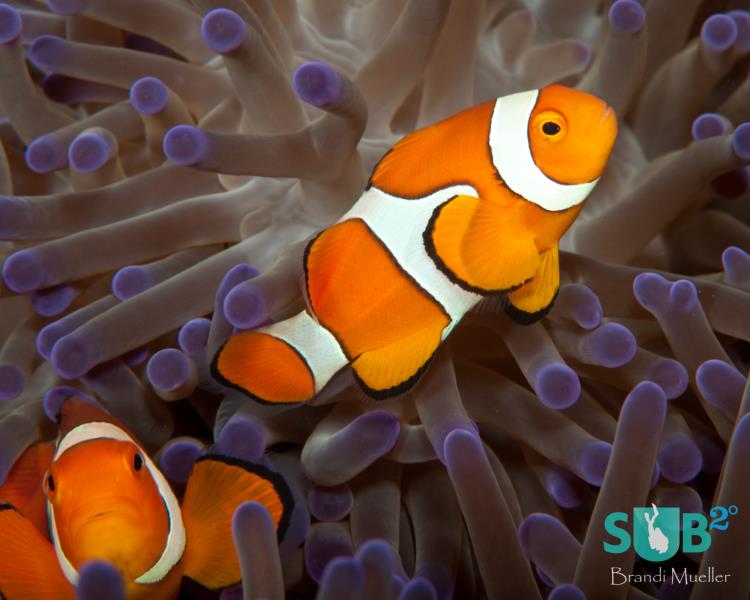
Papua New Guinea's Milne Bay
Papua New Guinea is one of the world's best dive destinations and Milne Bay offers fantastic reef diving and muck diving in the same location. Clear waters and phenomenal creatures make for an excellent dive trip that’s enti...
-

Sharks of the Bahamas
Shark feeding dives are no longer just for the avid diver or thrill seekers. Bahama's crystal clear waters are the best environment to come nose to nose with a frenzied school of sharks after they smelled the chum.
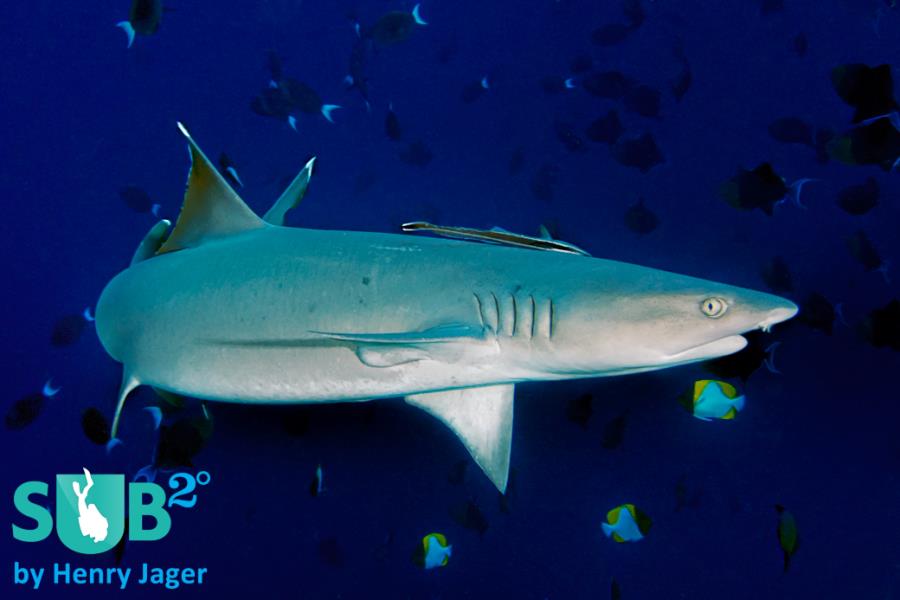
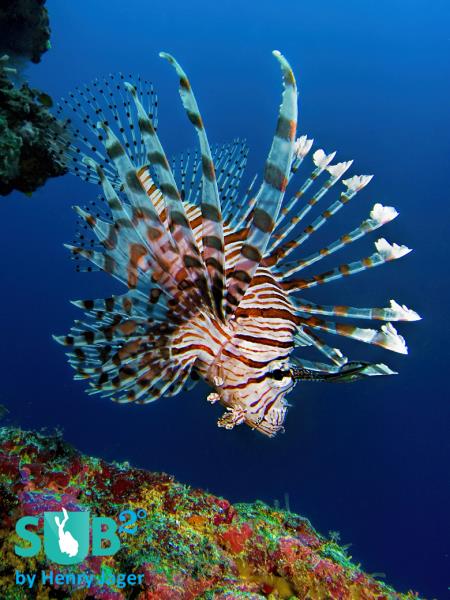
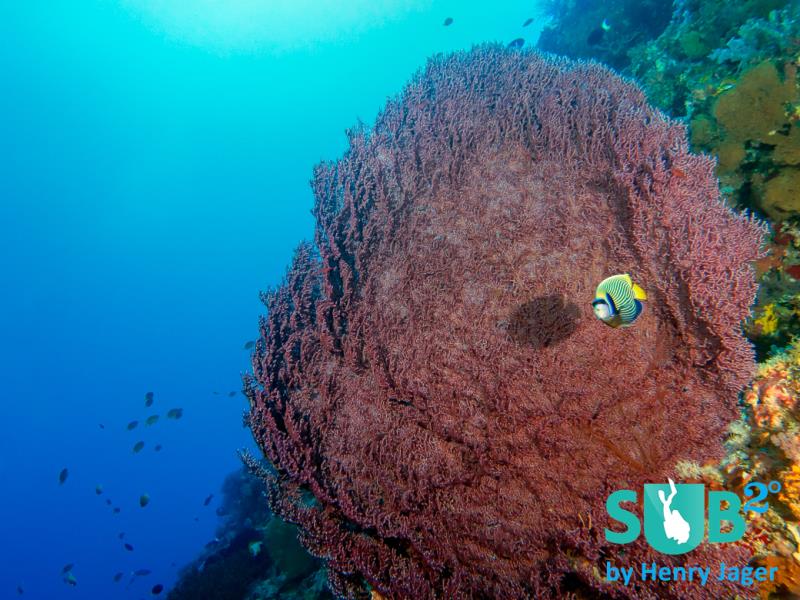
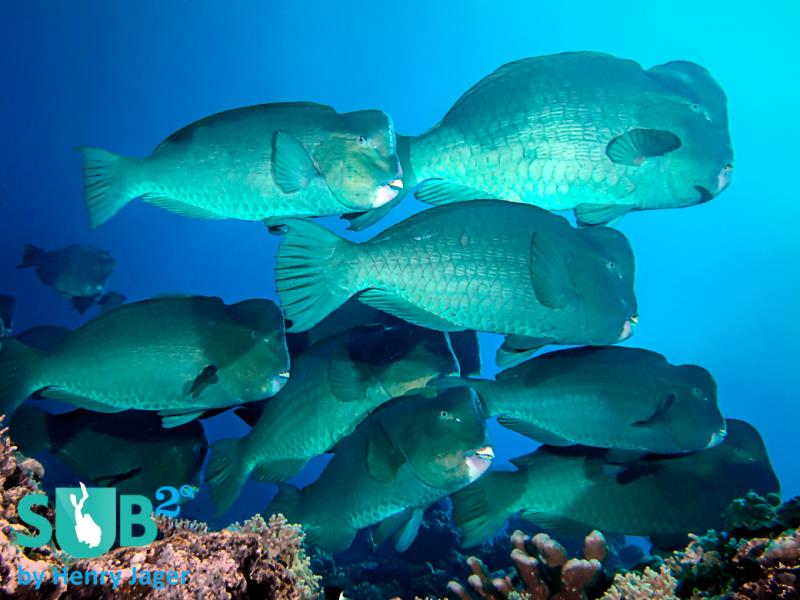
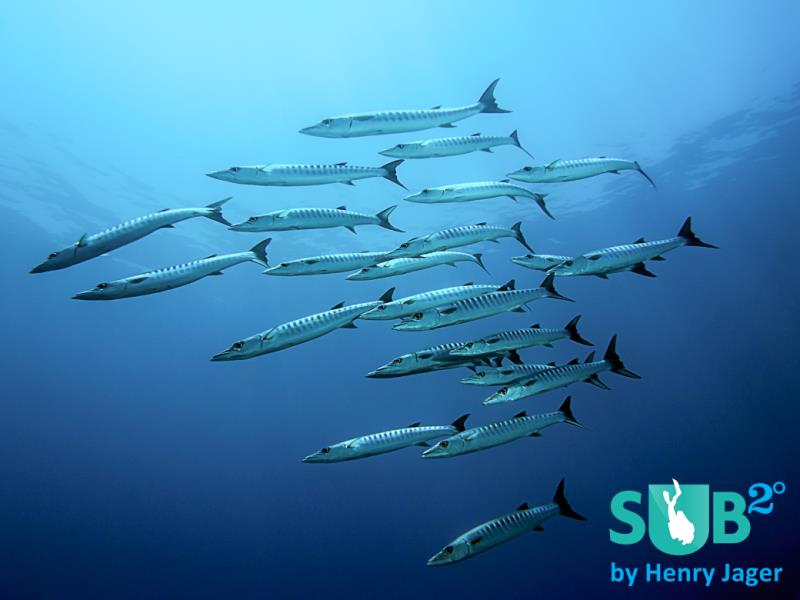


Load more comments